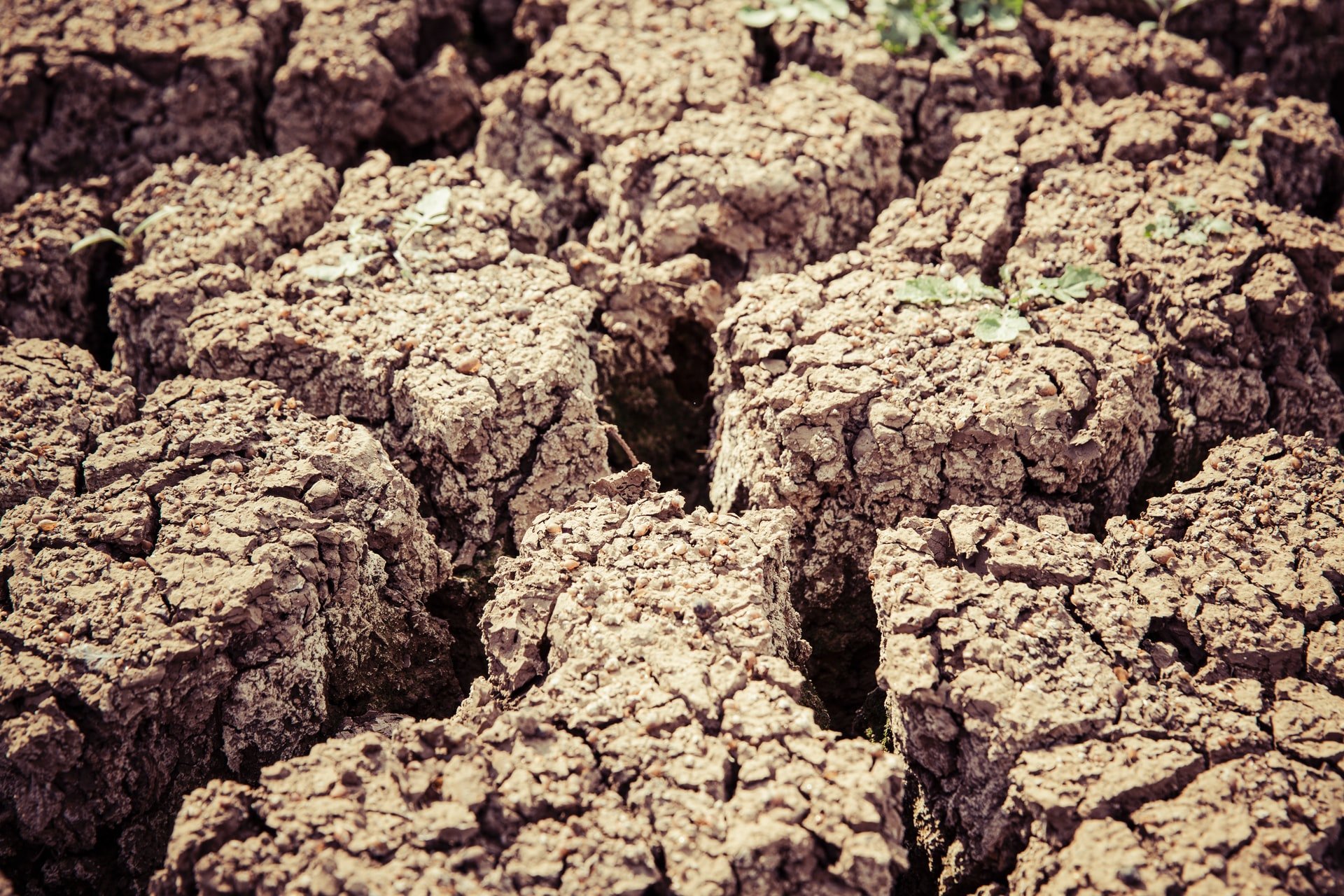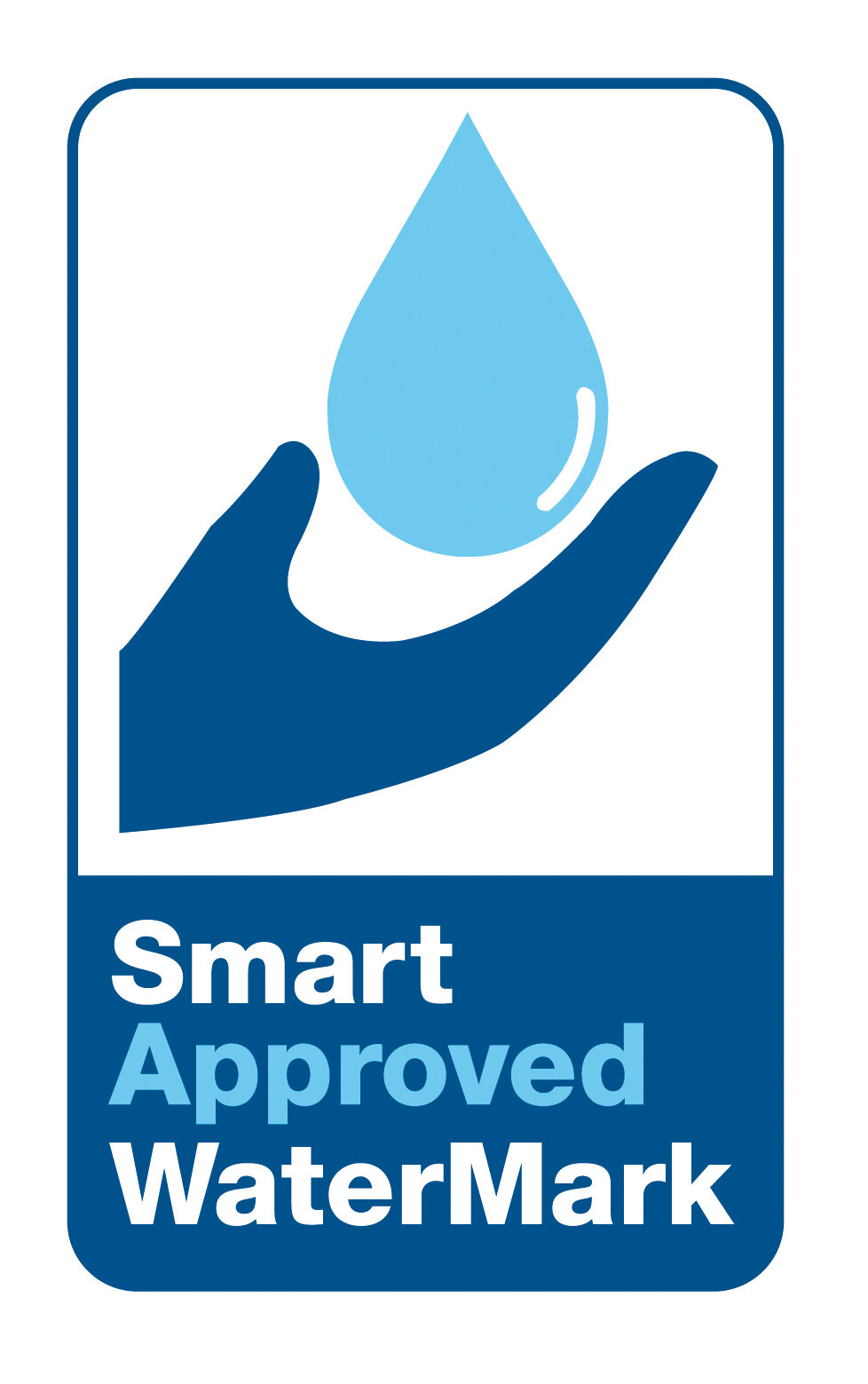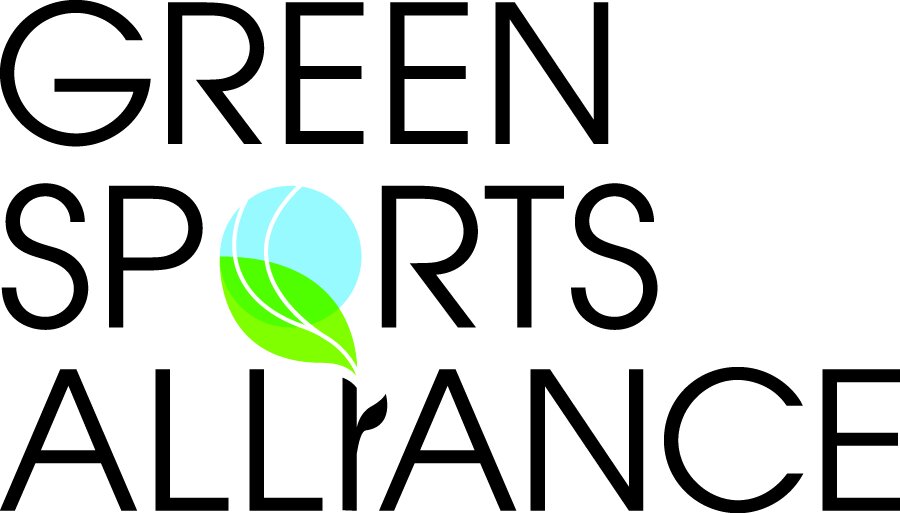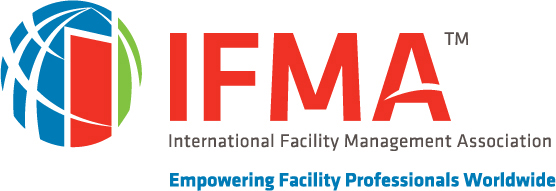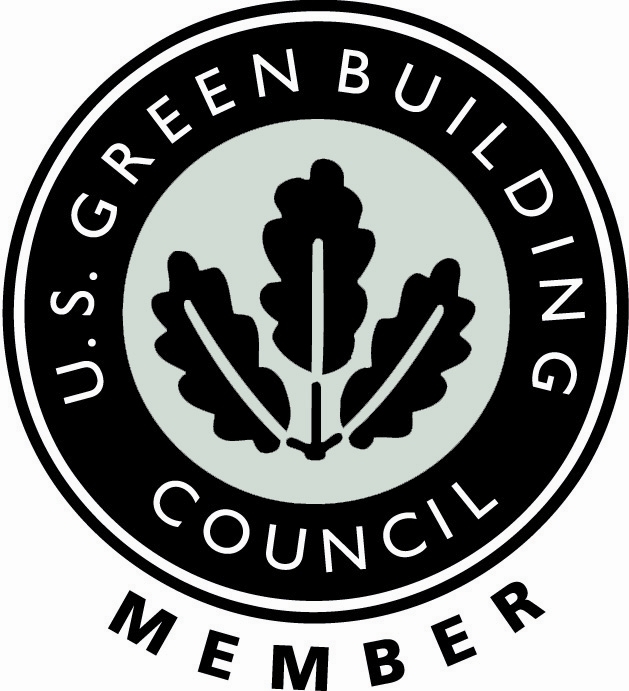During the worst months of the pandemic, researchers in China reported that the COVID-19 pathogen and other COVID-related microorganisms were released when a urinal was flushed. The flushing, they said, caused an alarming upward flow of coronavirus-laden particles that could shoot into the air as much as two feet in less than six seconds.
The study, published in August 2020 online in Physics of Fluids, confirmed that virus particles of COVID-19 are found in urine, “which means urine-based transmission could be a previously ignored transmission route. [This] also means that besides the toilet, the [flush] urinal, which is a common facility in the male public restroom, could become another dangerous item … promoting virus transmission.”
Xiangdong Liu, one of the Yangzhou University researchers behind the study, said that along with spreading the coronavirus, “urinal flushing [can] promote the spread of bacteria and viruses.”
This discovery of the aerosolization of the pathogen that causes COVID has several profound implications. This was at about the time researchers first realized that the transfer of COVID was most likely to occur by inhalation and not by touching contaminated surfaces.
However, this had far-reaching implications because this is not how health-threatening bacteria and germs are normally transferred. Typically, harmful pathogens collect on walls, counters, and other touchable surfaces.
Once we touch those surfaces, the pathogens are transferred to our hands and fingers. They then can become transferred once again when we touch our mouths or eyes, or touch food, which is then consumed. This is referred to as “cross contamination” and is the way many diseases are spread.
So, what does this mean to us today, as the pandemic drifts into the rearview mirror? Among the things we should know and learn from this study are the following:
· Urine is normally viewed as “sterile,” and germfree. However, pathogens can and do collect in urine, especially if a person is ill.
· When a water-using urinal is flushed, pathogens can and do become aerosolized very quickly, in a matter of seconds, reaching far higher and into more areas than we realized before.
· If the pathogens are inhaled, there is a possibility this will cause illness. This is how some respiratory illnesses and viruses are spread, such as colds and the flu.
· However, what is more likely is that these pathogens will filter down to touchable and frequently touched surfaces. It is when we contact these touchable surfaces that the transmission of disease can begin.
And one more thing we should know: this only happens with flush urinals. The burst of water into the urinal is what generates the alarming upward flow as mentioned earlier. When using a waterless urinal, there is no flushing, or flushing mechanism. No water is used. There is no alarming upward flow.
As a result, the chances of pathogens becoming airborne are exceedingly small, if at all. Even before the pandemic, waterless urinals were reported to be more hygienic than flush urinals, and this is likely one of the reasons.
This is also likely why, in a post-pandemic era, building developers, owners, and managers are taking a much closer look at waterless urinals. As they attempt to do everything possible to ensure the health and safety of their tenants — and get them back to work and in the office — many are now installing waterless urinals.
What we are finding is that in some cases, it is the replacing of flush urinals with no-water, waterless urinals that is one of the first steps building developers, owners, and managers take to help protect tenant health. Based on the study above, it’s a particularly good place to begin.
Klaus Reichardt is CEO and founder of Waterless Co, Inc, pioneers in advancing water efficiency. Reichardt founded the company in 1991 with the goal of establishing a new market segment in the plumbing fixture industry with water efficiency in mind. Reichardt is a frequent writer and presenter, discussing water conservation issues. He can be reached at klaus@waterless.com











